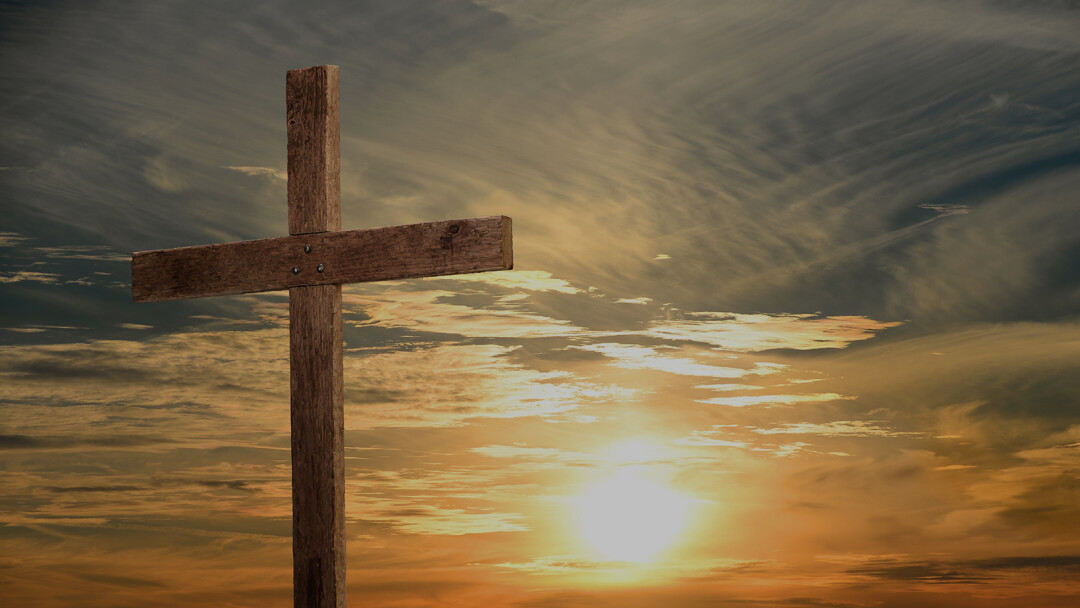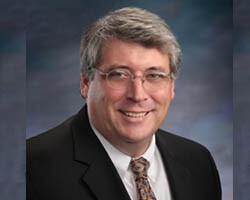Fourth Generation

The Parthenon in Athens sits atop the Acropolis just above the Areopagus which is just beyond the agora. If you travel to Athens and walk the ancient steps to the temple mount passing through the virgins and the petit temple to Athena Nike, you will ultimately stand in the ruins of the temple of Athena Parthenos, the Parthenon.
Although the temple looks like it has long been in a state of ruin, it was only destroyed in the 17th century. Used as an ammunition depot, a single shot blew up the mostly intact temple from 500 BCE. It is in a sense a recent ruin.
After walking the ruins, you and all other tourists are bid to visit the museum of the Acropolis. Like most ancient temples and cathedrals with priceless statues, the good stuff of the temple has been moved indoors. In the Acropolis Museum you can view the original temple maidens, half of the marbles that grace the facade (the other half being in the British Museum), and many other artifacts.
Part of the tour is a wonderful video where you see the temple as it was 2500 years ago. To say it was colorful is a gross understatement. The white marble columns were canvases once painted. The Doric flutes were covered in gold; the statues of gods and goddesses were replete in colorful gowns and crowns. The simulation gives you a sense of what it was like to be a devotee seeking the kindness of Athena; you were immersed in beauty. But then, most importantly, they let you in on a secret. The temple is not as it appears.
The Parthenon appears to be a great accomplishment of symmetry, perfect proportion. The secret is that it only appears that way. In fact, nothing is symmetrical; everything is just a bit off, or a lot off. The voice in the video explains with visual examples how the temple was constructed asymmetrically to compensate for the curvature of your eye.
Our sight is like a fisheye lens; there is a curve to our perception. The temple of Athena Parthenos was crafted to trick the eye, allow our sight to appear perfectly symmetrical when it is not. Sit with this for a moment. Perfection found in imperfection. The columns were longer or shorter than they should have been, the floor dived or pitched to appear level. All of this was to aid you, allow to see only perfect proportion. They crafted perfection by making it imperfect. Our eye creates symmetry where there was none.
Two thousand years later Michelangelo would do the same with the statue of David. The sculpture of the perfect man, the powerful ideal of what Florence claimed to be, this image is a trick. Michelangelo proportioned the statue so that as you stood below it, you would not suffer the distortion of distance. Your eye would see it as if David was in perfect proportion. He accommodated for distance. Leonardo DaVinci did the same in his paintings. They were painted with proportions meant to account for where the viewer would stand to gaze. The people in the paintings looked perfect from where you stood when in fact, they were wildly imperfect.
In one sense the architectural design of the Parthenon, the proportion of David, the paintings of Leonardo are a trick, trick of the eye. In another sense these are the greatest of artistic creations, a shocking level of skill. Just trying to imagine the math of the columns being adjusted to the curvature of the eye makes my head swim. Just the idea of it. But then consider cutting the stones, placing the massive stones, hundreds of them, again and again, each one with perfect imperfection.
Today, in our information age, from social media to mainstream media there is attempt of such trickery. False images are conjured; narratives are spun and redacted. Whole identities are created to influence millions with nothing more than a facade meant to trick the eye. Music is now recorded with perfect pitch created by machines and smooth skin and better hair are conjured by software changing images to make people appear younger, prettier, healthier.
To create the perfect with the imperfect was something achieved by the greatest of builders, sculptors, and painters. Who could pause and not be in awe of an architect who created perfect symmetry by making everything imperfect? There is a sublime truth here.
Today there a strange echo of this truth. Something similar. There is an app all can download without cost or skill to make the imperfect appear perfect. Press or click or crop or lighten an image from the options of the menu bar and what is wrong is made to look right. The two are so very close. The one who makes perfection from imperfection and the other conceals imperfection to claim beauty. They are close in a way, but then completely different. One is a trick to invite beauty; the other is a trick to hide what is ugly.
In our reading today from Luke we are given a similar distinction. The distinction comes when we see how Luke has changed the story of the confession of Peter, changed the dialogue. He is adapting our perspective.
If you are unaware of how Matthew or Mark tell this story, the change Luke made is invisible, imperceptible. If you know Matthew and Mark, then you know after Peter confesses his belief that Jesus is the Messiah, you will remember the rebuke. After Peter's confession he is blessed, "blessed are you Simon bar Jonah, for heaven and earth has not revealed this to you, but my father in heaven." And if you remember this story, you know Jesus then reveals to the twelve how he must suffer and die. He will be raised, but only after he has been crucified. If you remember this story, you know Peter stops Jesus, corrects him, bids him to stop, "heaven forbid this." And if you remember the story, you recall that Jesus said, "Get behind me, Satan. You have fixed your mind on the earth and not on heavenly things."
If you know this account, then you should be confused, rattled even, that Luke omits the rebuke. After the confession, after the prediction of suffering, Peter is supposed to object. And Jesus is supposed to rebuke him, call him "Satan." In Luke's gospel, our reading today, there is no rebuke, no rejection, no conjuring of Satan. Luke cut this out, omitted the rebuke. Peter is just the one who confessed. He is not the one who blundered.
Luke changed the narrative. He took out the broken part; he airbrushed Peter into perfection. And in so doing we should be pressed to wonder why? Why did he erase the broken part of this story? Why clean it up?
Without a doubt this is one of the most important questions of the gospel of Luke. Why is Peter not seen as wrong, mistaken? Was Luke protecting him, shielding him from detractors?
If Jesus calls you Satan, that is bad. If Jesus called me "Satan,” I don't know if I would have bounced back. So maybe Luke is trying to keep the legacy of Peter from this pain. Why include all the hard parts?
A radical notion is Luke is protecting Jesus from a misdeed. He is erasing the record, dumping the file, burning the evidence of a failure. But not Peter's. Jesus was less than kind; Luke omits this. We all do something similar. Try to forget misdeeds and poor choices. "Let's call this a bad day and move on." Lot of mercy in this. Just as there is a lot of mercy in putting aside Peter's mistake. "Let's not dwell on that." But why omit it altogether?
In our reading from Numbers there is a clue. When God was angry that the children of Israel refused to enter the promise land, Moses records a terrible moment of anger. God says to Moses, "I'll kill them all." Moses says, "hey, let's not. Let's find a way of mercy because you are full of mercy. Think of what the Egyptians will say." The moment is recorded, but then, it is forgotten. The call to kill them all, this terrible moment of anger, is not in the psalms, not in the prophets. The hard moment, yes; but not the terrible moment. The terrible image of God is erased, elided, after time.
Our reading from Numbers has a second clue: the third, the fourth generation. The punishment of misdeed is visited on the third and fourth generation. Terrible, awful. But true. Punishment for four generations is awful, but it also reveals the deep challenge of freedom.
It takes generations to go from hiding what is wrong, concealing what is ugly, to then step into honesty; it takes generations before you can craft what is broken to make perfection. What does not take generations is to alter what is false and call it truth. Like the power of the Parthenon how it overcomes our brokenness, our limitations and crafts what is sublime took time. To blow up the Parthenon took just a moment.
Peter still has flaws in Luke's gospel. But it is as if he says, "we need not call him 'Satan.'" Luke says we can tell this story without Peter being wrong, an embarrassment. Peter can appear as right, as symmetry, as beauty. Pure confession. His omitted blunder was in a sense not important to the story.
Luke, by removing the terrible exchange of harsh words, lets us focus on what comes next. Jesus will suffer and he calls those who can hear, to deny themselves, pick up a cross, and follow him. There is nothing to distract from the call to discipleship.
The call to deny oneself, to walk in humility, to sacrifice, to become less so others may become more is the heart of the gospel. It is also wrong, a strange idea. You want to be more, then earn more, take more, demand more. Become less to become more? This is illogical.
The meek shall inherit the earth is not the motto of Wall Street just as “the poor in spirit are given the kingdom of heaven” doesn’t ring true with billionaires. To pick up a cross is not a popular “self-help” motto.
What strikes me most about the Parthenon is not the math, nor the genius. What strikes me most is the risk. At some point before the stones were set, before the columns were crafted, someone said, “let’s try something crazy; let’s makes a perfect building with what is imperfect.” The Parthenon was a risky experiment.
Of late I have been very mindful of Abraham Lincoln’s words about our life together. Maybe it is a coincidence he was speaking to people after four generations of democracy. But what he said was so close to the Parthenon. He saw us as a risky experiment. To make something great from the flawed, from the least; to bring healing and beauty from the broken.
At the heart of the gospel is a risk, a daring experiment: what if you were to lose your life to save it; give your life to gain it; become the least, the last to find freedom? I believe what Lincoln meant when he called us an experiment was how daring it is to live so close to the heart of the gospel. Like the risk of the Parthenon: what if we crafted something sublime from our brokenness?
What if our confusion and our division today is simply this: we stand in a moment of decision, a fourth-generation moment, where we must ask, are we to continue the experiment, keep building our Parthenon? Are we bold enough to continue on the path, keep pursuing the sublime or are we satisfied with something tawdry?
I hope we will persist in our pursuit, to make beauty from the broken, the perfect from the imperfect. Amen.

Rev. Dr. Fred G. Garry
Senior Pastor & Head of Staff
Sermon Notes
You can add your own personal sermon notes along the way. When you're finished, you'll be able to email or download your notes.
